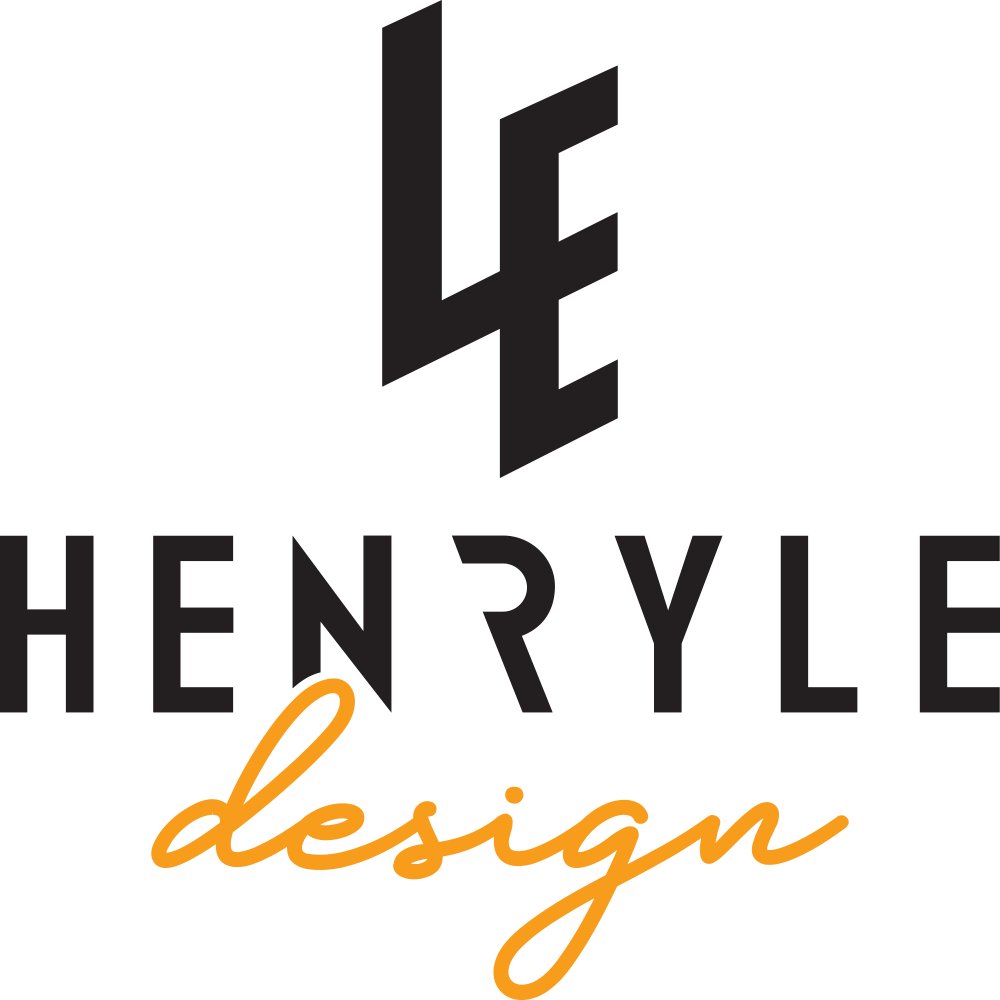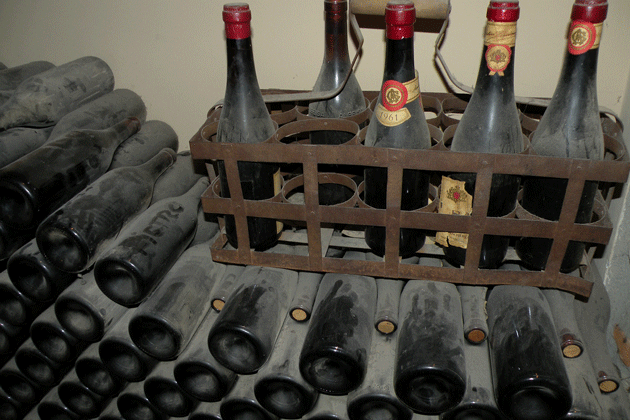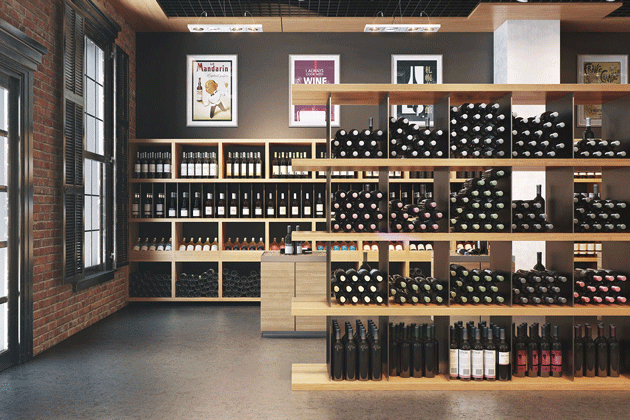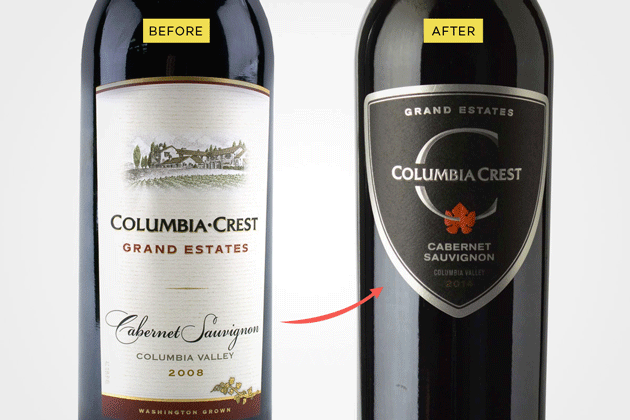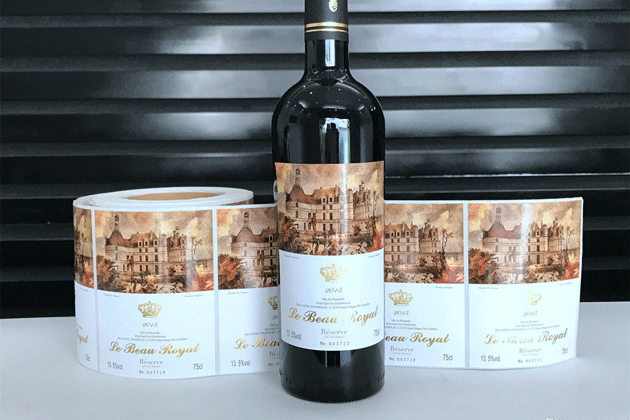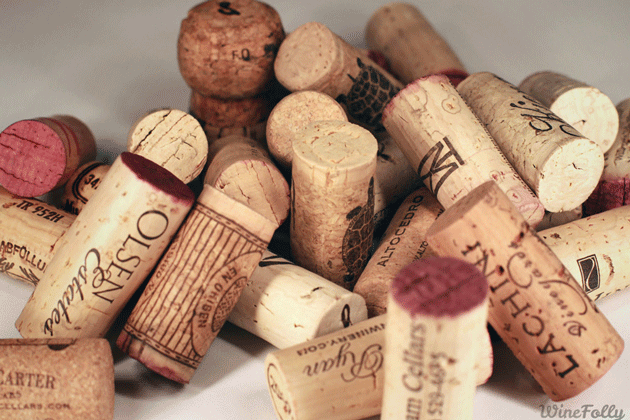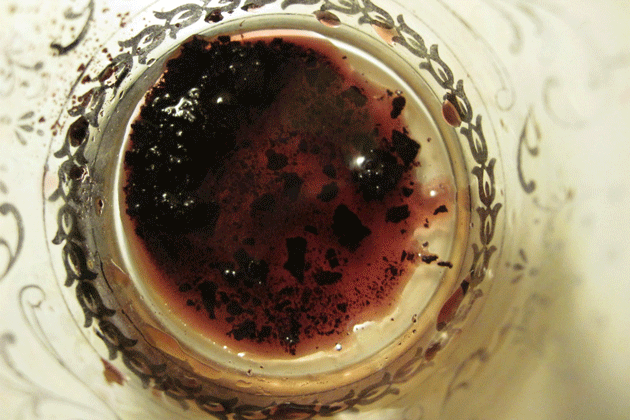No products in the cart.
Photos
How to identify fake wines?
Do you know the way to identify fake wines? At a banquet there is a familiar image of a wine bottle holders, keeping the bottle more luxurious. Drinking wine is one of the simple pleasures of life that most people enjoy. Unfortunately, in the market there are many types of fake wine is difficult to distinguish. Let Nguyen Moc give you some tip to identify fake wines
1. Identify fake wines when buying from a trustworthy source
Know exactly the person you are buying from. Maureen Downey, who has spent more than a decade attempting to shine a light on the issue, advised not to buy from a broker without a license, and that a customer should perform their accountability for “reputable” businesses. Above all, keep a level head. If a deal looks too good to be true, it probably is.
2. Identify fake wines when checking the label paper
Blue lights can be helpful for evaluating authenticity. Some coatings are used to brighten paper labels of wine, such as silicon, which appear glowing under UV light. However, these chemicals are not used until the 1950s, so “if you’ve got a bottle from before the 1950s and labels shine like you’re in a disco light UV … that must be a red flag, “the expert said.
Stamps really torn, fake stamps do not. The reason that after the customs clearance the import company will have to stamp the counterfeit goods and after a process of packaging and shipping to the agent, the possibility of stamp tearing is very high. As for the counterfeit wine, the seller stamps when customers buy wines.
3. Look at the quality of the printing to identify fake wines
Printing techniques, one of the favorite things of the experts to evaluate, can be a dead gift to help us easily distinguish fake wine.
“Historically, many brands of wines are made with plate presses,” experts say. “One can easily see the result of printing plates under magnification because it has an outline.”
To identify fake wine, you know that fake wine usually uses inkjet printers at home to make labels. “If you end up seeing smudges or blotches on all of your paper, that’s the result of an inkjet printer,” Downey said. “Those things are wrong.”
In addition, inkjet printers require special paper for the ink to grip. Without it, the ink will begin to chip when he or she begins to make the paper look aged. This is the correct way to identify fake wine.
4. Confirm staining and branding on the cork to identify fake wines
The closure of contact with red wine for several decades should have a deep stain. Since bottles are usually stored on their face, stains should extend toward the top of the capsule. Fake wine experts also consider branding capsules for signs of deception.
Sometimes, the liquor vendor will remove the cork by using an Ah-So (a dedicated extractor), remove the vintage and place a new vintage. In some cases, if you look carefully, the wine store will replace the classic cork to make the bottle look older.
5. Consider sediment to identify fake wines
Sediment should be present in the old red wine; A bottle lacks anysolid material that needs to raise the alarm. Older wines have been properly stored on their faces for decades so “show a visual correspondence of that story,” Expert Downey says, even as the wine is shaken and most of the sediment be dispersed. However, if there are sedimentary phenomena but not move? It could be the result of heating fraud and baking it to simulate the accumulation of material over time.
